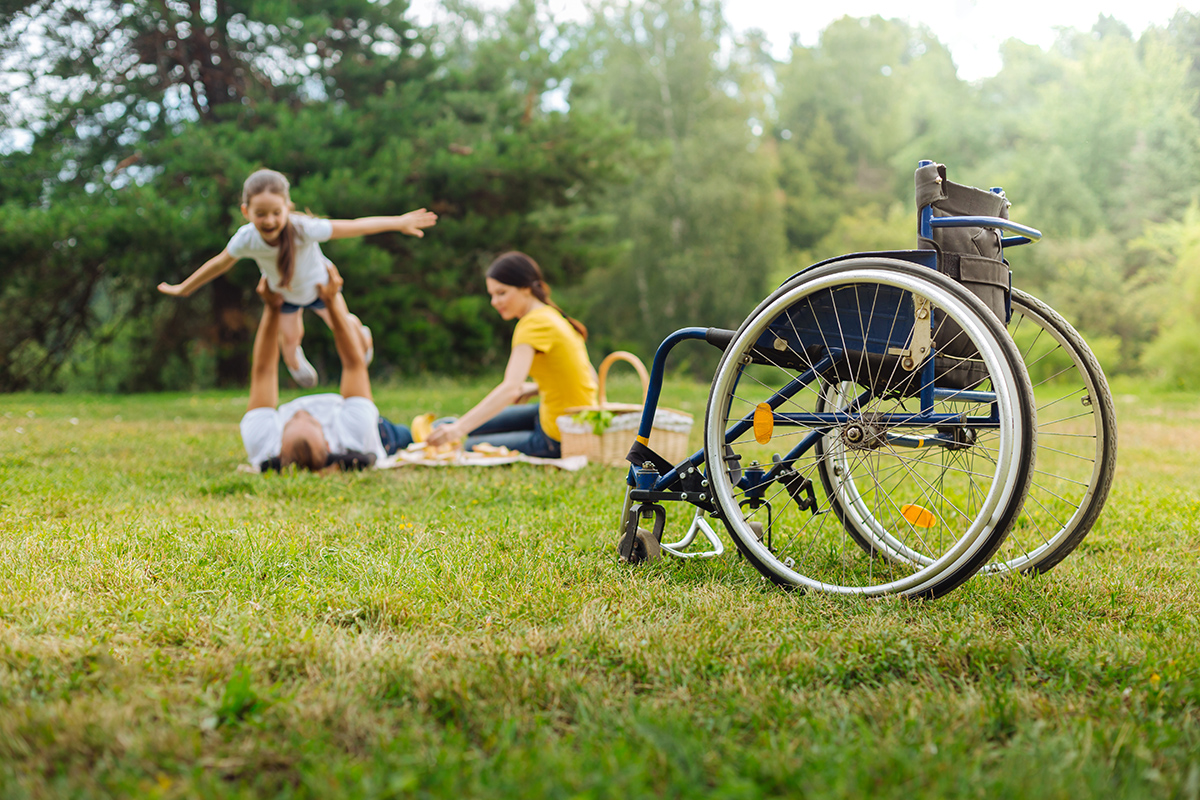Smedemark-Margulies N, Brownstein CA, Vargas S, Tembulkar SK, Towne, MC, Shi J, et. al. “A Novel de Novo Mutation in ATP1A3 and Childhood-onset Schizophrenia.” Cold Spring Harb Mol Case Studies 2, no. 5 (Setptember 2016): 1008-.
Back
Understanding AHC
Back
For Families

Apply for a Family Grant Here!
Back
For Professionals
Back
Resources & Research
Back
Get Involved
Back
About the Foundation
Back
Donate


